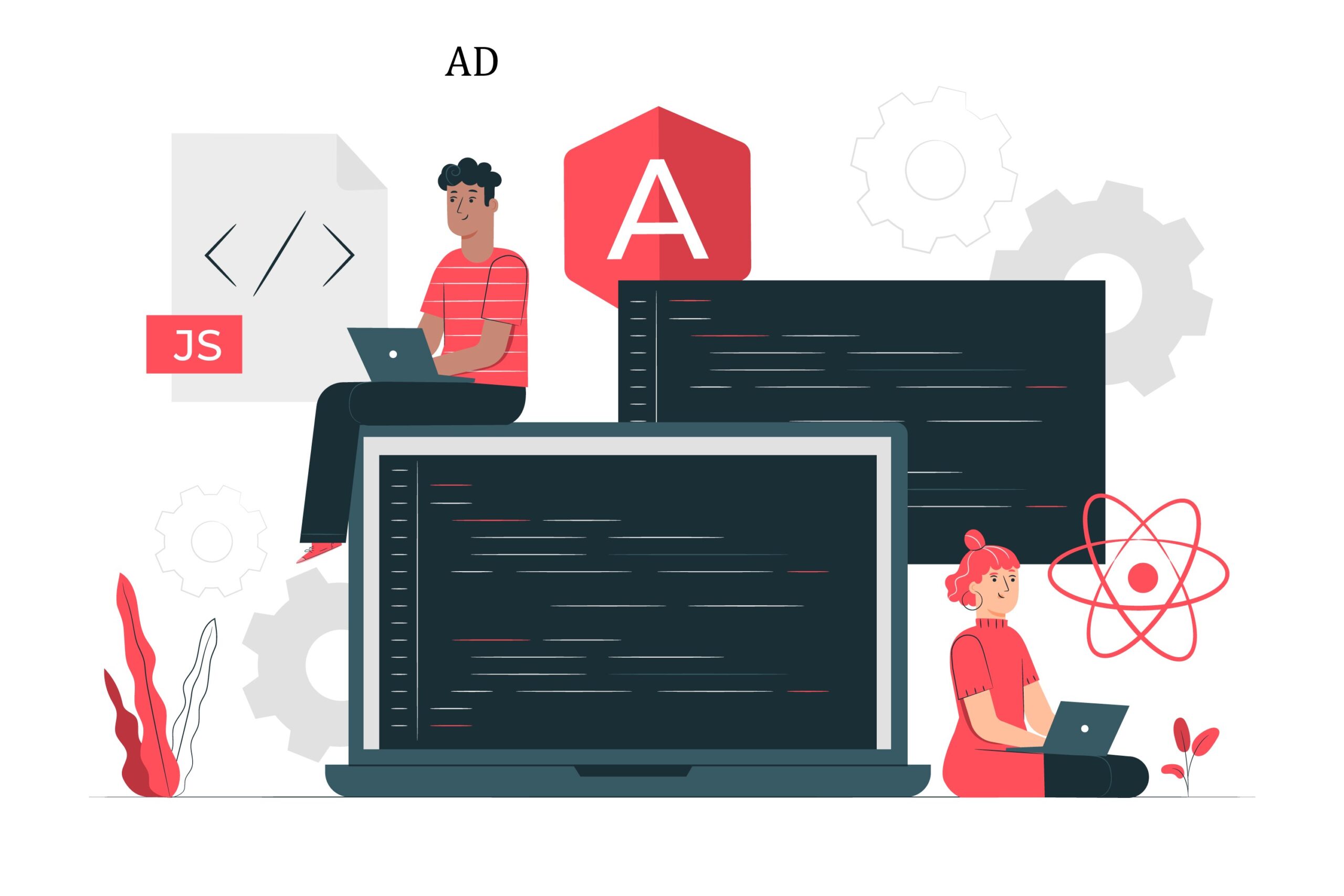JavaScript, the ubiquitous programming language, has revolutionized web development by enabling dynamic and interactive web applications. Thanks to its versatility and robustness, JavaScript has become the language of choice for both frontend and backend development. However, to expedite the development process and leverage advanced functionalities, developers often rely on powerful JavaScript frameworks. In this blog, we will delve into some of the most popular JavaScript language frameworks and explore their key features and use cases.
Svelte: In the ever-evolving landscape of web development, JavaScript frameworks have played a crucial role in streamlining the creation of dynamic and interactive user interfaces. Among these frameworks, Svelte stands out as a revolutionary approach to building web applications. With its unique compiler-based architecture, Svelte offers a compelling alternative to traditional JavaScript frameworks. In this blog, we will explore the key features and benefits of Svelte and understand why it has gained popularity among developers worldwide.
What is Svelte? Svelte is a modern JavaScript framework that takes a different approach to building user interfaces. Unlike other frameworks that run in the browser, Svelte compiles components into highly efficient JavaScript code during the build process. This compilation step results in a minimal runtime footprint and enhanced performance, making Svelte an excellent choice for building fast and lightweight applications.
The Svelte Difference:
a. Reactive Programming: Svelte embraces reactive programming, allowing developers to declaratively define how the application state should react to changes. This approach simplifies the development process by automatically updating the DOM when the state changes, without the need for explicit manipulation.
b. Compiler-Based Approach: One of the standout features of Svelte is its compiler-based architecture. During the build process, Svelte analyzes the component code and generates optimized JavaScript code, which is then executed in the browser. This approach eliminates the need for a runtime framework, resulting in smaller bundle sizes and faster initial load times.
c. No Virtual DOM: Unlike many JavaScript frameworks, Svelte does not rely on a virtual DOM. Instead, it directly manipulates the DOM based on the component state changes, resulting in efficient updates and better performance.
3.Key Features of Svelte:
a. Component-Based Architecture: Svelte encourages building applications using reusable components, promoting code reusability and modularity. Components in Svelte encapsulate their own state, behavior, and markup, making them highly self-contained and easier to maintain.
b. Reactive Statements: Svelte provides reactive statements, such as “if,” “each,” and “await,” that dynamically update the DOM based on changes in the application state. These statements make it effortless to create dynamic UI elements and handle conditional rendering.
c. Stores and Contexts: Svelte includes a powerful state management mechanism called stores. Stores allow developers to share and manage application state across components efficiently. Contexts, a feature similar to React’s context API, enable passing data down the component tree without explicit prop drilling.
4.Benefits and Use Cases:
a. Performance: With its compiler-based approach, Svelte produces highly optimized code, resulting in faster load times and efficient updates. This makes it an excellent choice for performance-critical applications.
b. Small Bundle Sizes: By eliminating the need for a runtime framework, Svelte generates smaller bundle sizes, reducing the initial load time and improving the overall user experience.
c. Rapid Prototyping: Svelte’s simplicity and ease of use make it an ideal framework for rapid prototyping. Its lightweight nature allows developers to quickly iterate and experiment with ideas.
d. Web Components: Svelte seamlessly integrates with web components, enabling developers to leverage the power of Svelte within existing projects or share Svelte components across frameworks.
React.js:
React.js, developed by Facebook, is a widely adopted JavaScript library for building user interfaces. With its component-based architecture and virtual DOM, React.js enables developers to create reusable UI components that enhance code modularity and maintainability. It excels in creating single-page applications and has a vast ecosystem of libraries and tools, making it a favorite choice for frontend development.
Key Features:
– Virtual DOM: React.js uses a virtual representation of the DOM, allowing efficient updates and rendering of UI components.
– Component-Based: React.js encourages building applications using reusable components, making code organization and maintenance more manageable.
– Unidirectional Data Flow: The unidirectional data flow ensures predictable and maintainable application state management.
Use Cases:
– Single-page applications (SPAs)
– Complex UI-intensive applications
– Mobile application development using React Native
Angular:
Angular, maintained by Google, is a comprehensive JavaScript framework for building dynamic web applications. With its full-fledged MVC architecture, Angular provides powerful features for creating large-scale applications. It offers a declarative approach to building UI, making it easier to synchronize data and manipulate the DOM. Angular also includes an extensive set of tools for testing, dependency injection, and routing.
Key Features:
– Two-way Data Binding: Angular’s two-way data binding simplifies the synchronization between the model and the view, reducing boilerplate code.
– Dependency Injection: Angular’s built-in dependency injection system aids in creating modular and testable code.
– TypeScript Integration: Angular is built with TypeScript, a statically typed superset of JavaScript, enabling enhanced tooling and better code maintainability.
Use Cases:
– Enterprise-scale applications
– Real-time applications
– Progressive web applications (PWAs)
Vue.js:
Vue.js, known for its simplicity and ease of integration, is a progressive JavaScript framework for building user interfaces. It emphasizes the component-based approach and offers a gentle learning curve for developers. Vue.js is designed to be incrementally adoptable, allowing developers to add its features to existing projects without extensive rewrites. It provides excellent performance and efficient rendering due to its virtual DOM implementation.
Key Features:
– Reactive Components: Vue.js uses reactive data binding to automatically track changes and update the DOM efficiently.
– Directives: Vue.js provides a set of built-in directives that allow developers to easily manipulate the DOM.
– Vuex: Vue’s official state management library, Vuex, simplifies the management of application state in complex applications.
Use Cases:
– Single-page applications
– Prototyping and small to medium-sized applications
– Integrating with existing projects
JavaScript frameworks have revolutionized the way we develop web applications, providing powerful tools and abstractions that expedite the development process. React.js, Angular, and Vue.js are among the most popular JavaScript language frameworks, each with its unique strengths and areas of application. Whether you are building a simple application or a complex enterprise-level solution, these frameworks empower developers to create efficient, scalable, and interactive web applications. Explore these frameworks, experiment with their features, and choose the one that best fits your project requirements to unlock the full potential of JavaScript web development.




